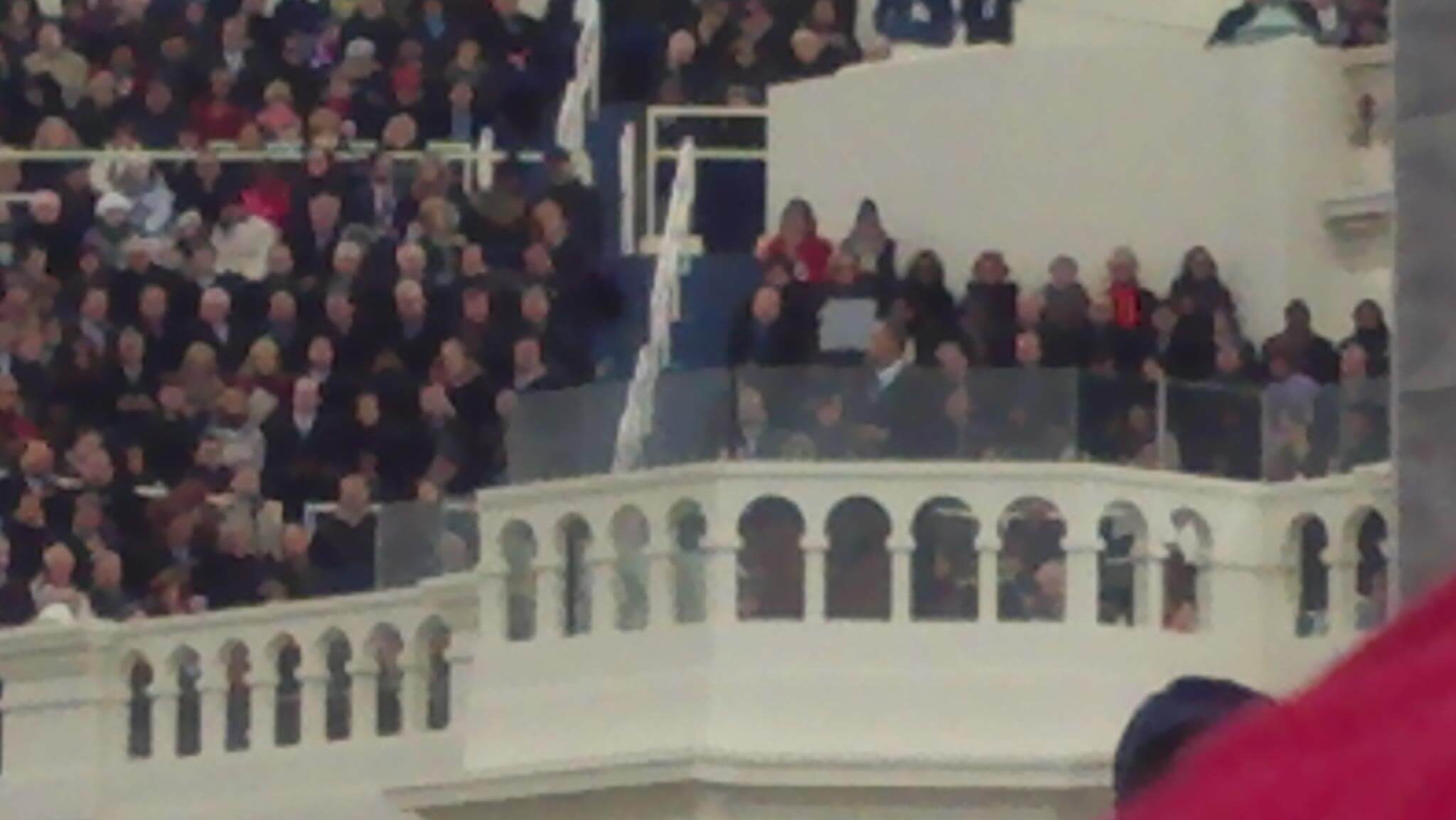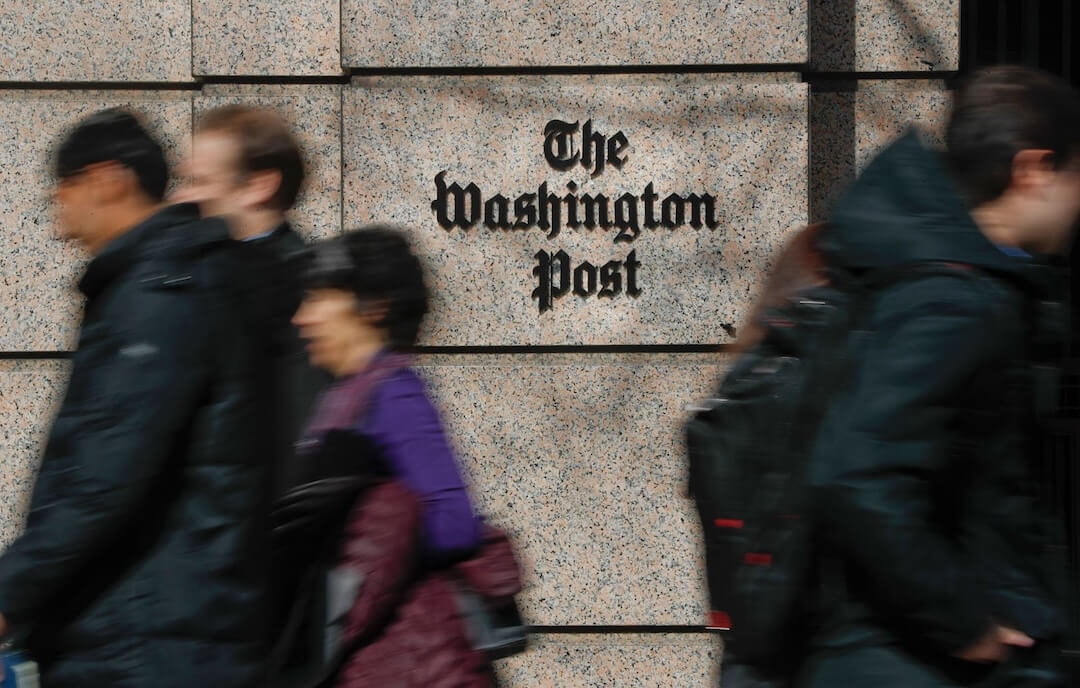The real problem facing journalism is the vacuum of local news, Penny Abernathy told the Knight Commission on Trust, Media and Democracy last year.
Afterward, someone from Facebook approached her.
Several conversations, one visit and a lot of back-and-forths later, Facebook announced Monday that for the first time, it’s sharing its data on news deserts with Abernathy, from UNC’s School of Media and Journalism, and three other academics.
Overlaid on top of existing and ongoing research, that data could show the clearest picture yet into the real loss of newsrooms and journalists covering news at the local level.
Related: About 1,300 U.S. communities have totally lost news coverage, UNC news desert study finds
Facebook hopes that by sharing its data with Abernathy, Harvard’s Nicco Mele, Duke’s Phil Napoli, and Matt Weber from the University of Minnesota, those researchers will start working together in figuring out potential solutions, said Anthea Watson Strong, product manager for Facebook’s Today In.
That feature started as a pilot last year in six cities and now surfaces local news on Facebook in 400. Among its early findings, according to a press release, Facebook found that one in three users in the U.S. live in places where there’s not enough local news to launch Today In.
One caveat, said Jimmy O’Keefe, product marketing manager for Today In, is that Facebook’s only measuring what’s posted on Facebook, so if a local newsroom isn’t posting there, it’s not getting measured.
The data Facebook is sharing with the researchers doesn’t come with any money, but Abernathy said it will include links to the stories shared on Facebook, the news outlets and cities. That information can help her and others get a better sense of places that are getting news that’s not truly local.
It also might give the most accurate, and alarming, picture of the loss of local news yet.
Duke’s Phil Napoli found that one in five communities have no local news. That correlates with Abernathy’s findings.
“If you look at what Facebook found, I think they found over a third of communities didn’t have enough news to even post it on Facebook,” she said.
Abernathy still doesn’t know what Facebook’s algorithm defines as local news, and that’s an important distinction. If you live in Andover, Kansas, for example, and Facebook’s data shows you’re getting local news but it’s coming from Wichita, roughly 15 miles away, that news is really just about Wichita. It’s not local.
Additionally, having the links of what gets shared can also show if that news is truly local or if it’s an aggregation of other news from a local newsroom.
“It’s really about the loss of local news,” Abernathy said. “I think this could give us better insight into exactly how profound that loss has been.”
Then what? Abernathy’s concern all along has been that it’s not all communities that need help preventing the spread of news deserts. Communities that are economically vital are usually sustainable for local news.
It’s poorer, underserved communities that are becoming news deserts, she said.
“I think the good news is this could help us really understand what we need to do and get many of the funders’ efforts focused on those efforts,” she said.
Facebook also announced on Monday that it’s creating the Facebook Journalism Project Community Network. In partnership with the Lenfest Institute, the FJP will offer small grants and expertise to local newsrooms, entrepreneurs and journalists in yet another ecosystem approach to supporting local news. (Disclosure: Lenfest is a Poynter funder.)
FJP will open up grant windows three to four times this year, said Josh Mabry, Facebook’s local news partnerships lead. They’ll give out just over a total of 100 grants for between $5,000 and $25,000 for projects that build community through local news.
The goal, said Anne Kornblut, Facebook’s director of new initiatives, news partnerships, is to bring together a network of local publishers who can learn from each other.
In January, Facebook announced $300 million for local news, with details on where about $36 million of that would go. The Knight Foundation announced in February that it’s putting $300 million into rebuilding local news. (Disclosure: Knight helps fund my coverage of local news.) Results so far, including today’s news, show efforts to create ecosystems among funders, peer newsrooms and newsrooms in the same cities.
While she hasn’t yet received Facebook’s data, Abernathy said, “to me, it is a step in the right direction. We haven’t known what was going on at Facebook.”
Correction: An earlier version misquoted the press release on the number of users who don’t have enough news to launch Today In. It’s one in three. It has been corrected. We apologize for the error.







